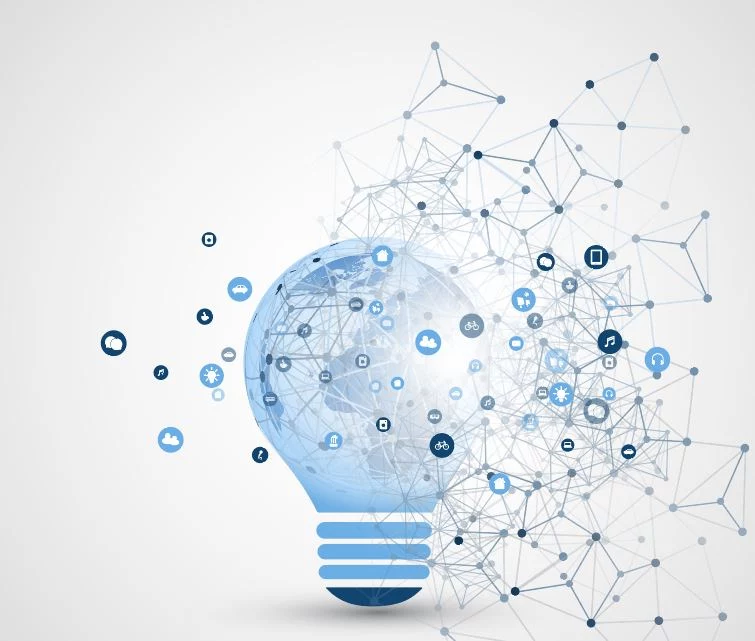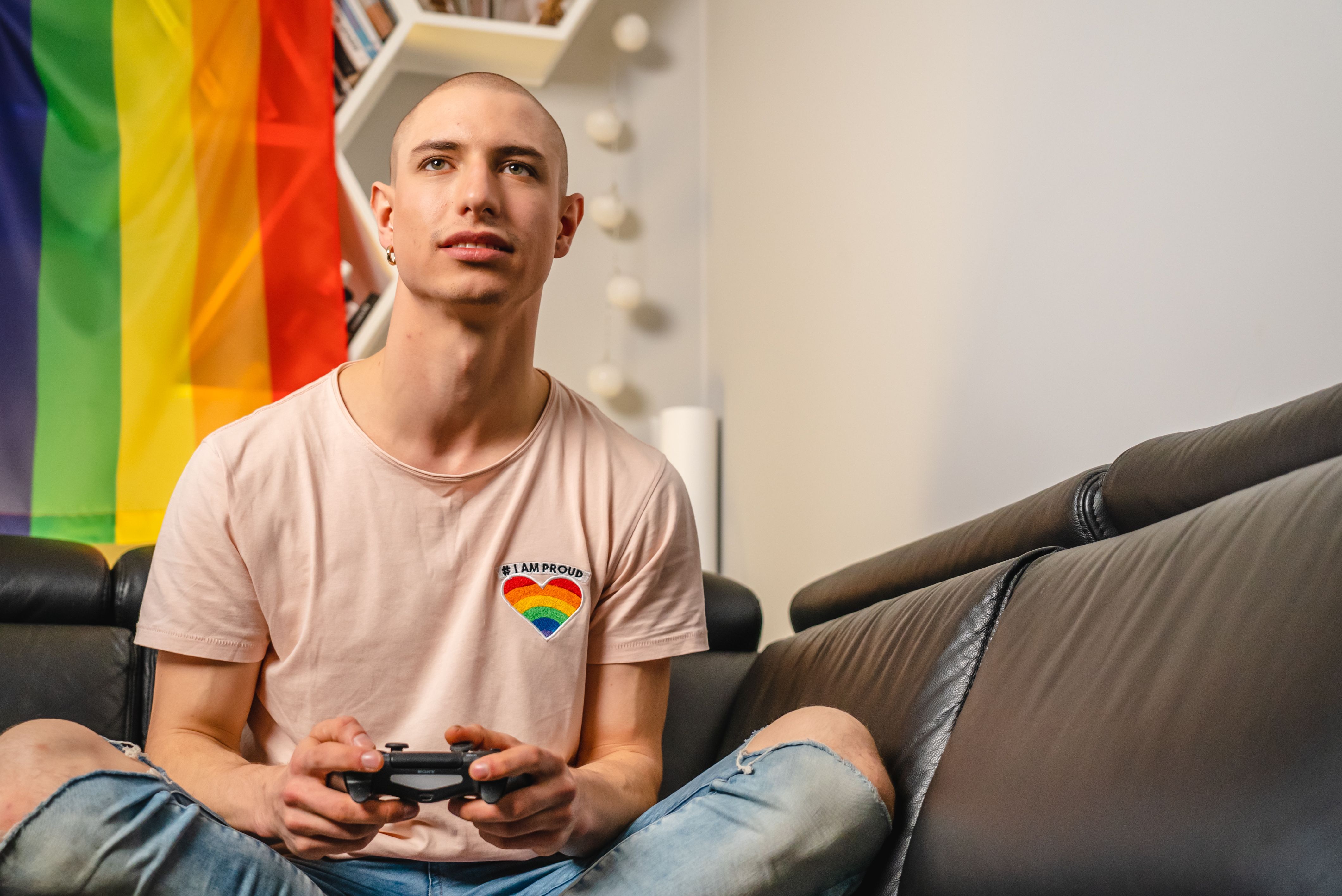Article
A Neuropsychological Exploration of Zoom Fatigue
Author(s):
What is Zoom fatigue and is there a biopsychosocial explanation for this COVID-inspired phenomenon? The answer might surprise—and comfort—you.
bagotaj/AdobeStock

Zoom fatigue” describes the tiredness, worry, or burnout associated with overusing virtual platforms of communication.1 Like other experiences associated with the coronavirus (COVID-19) pandemic, Zoom fatigue is widely prevalent, intense, and completely new.
In an effort to understand this new fatigue that may tax the more than 300 million daily participants of Zoom2,3, experts representing diverse disciplines including acoustics, business, and the social sciences have contributed their explanations. For instance, audio has been proposed as the main reason that video meetings are draining. It turns out that millisecond delays in virtual verbal responses negatively affect our interpersonal perceptions, even without any internet or technical issues.4,5
Other explanations attribute the fatigue to an underlying predisposition painted by the pandemic backdrop, such as increased financial stress and unemployment. Cognitive factors are also likely to contribute to fatigue, as an increased ability to virtually multitask threatens our attentional capacity. Exploring such multifactorial etiologies has delved us into a deeper understanding of the fragile intricacies that make up the precious in-person social interactions we had before COVID-19.
What is the psychological explanation of Zoom fatigue? Wecan start the exploration by revisiting the process of mental fatigue. A core psychological component of fatigue is a rewards-costs tradeoff that happens in our minds unconsciously.6 Basically, at every level of behavior, a tradeoff is made between the likely rewards versus costs of engaging in a certain activity.7 Even minor decisions, such as pressing the “Delete” versus “Backspace” button to erase a typed word, are made on the basis of these unconscious estimates to maximize reward (eg, time) over cost (eg, effort).8 The link between this reward assessment and fatigue then comes here: activation of the dopaminergic pathways in brain structures associated with reward (eg, ventral striatum, anterior cingulate cortex [ACC], amygdala) increases subjective alertness, energy, and motivation9,10—the opposite of fatigue.
Is a lack of perceived reward relative to cost during videoconferencing a primary psychological mechanism of Zoom fatigue? Indeed, social interactions are very much associated with our reward circuits, as oxytocin—the hormone involved in social bonding—modulates these same dopaminergic pathways involved in reward processing.11 Moreover, how that social interaction happens seems to matter. For instance, functional MRI data reveal that live face-to-face interactions, compared to viewing recordings, are associated with greater activation in the same brain regions involved in reward (ie, ACC, ventral striatum, amygdala).12 So, more active social connection is associated with more perceived reward, which in turn affects the very neurological pathways modulating alertness versus fatigue.
This neuropathophysiology may explain Zoom fatigue. For example, if the audio delays inherent intechnology are associated with more negative perceptions and distrust between people4,5, there is likely decreased reward perceived when those people are videoconferencing. Another example is direct mutual gaze. There is robust evidence on how eye contact improves connection—faster responses13, more memorization of faces14, and increased likeability and attractiveness.15 These tools that make interactions organically rewarding are compromised over video. On video, gaze must be directed at the camera to appear like making eye contact with an observer, and during conferences with 3 or more people, it can be impossible to distinguish mutual gaze between any 2 people.
Not only are rewards lessened via these social disconnections during videoconferencing, but there are also elevated costs in the form of cognitive effort. Much of communication is actually unconscious and nonverbal, as emotional content is rapidly processed through social cues like touch, joint attention, and body posture.16 These nonverbal cues are not only used to acquire information about others, but are also directly used to prepare an adaptive response and engage in reciprocal communication, all in a matter of milliseconds.17 However, on video, most of these cues are difficult to visualize, since the same environment is not shared (limiting joint attention) and both subtle facial expressions and full bodily gestures may not be captured. Without the help of these unconscious cues on which we have relied since infancy to socioemotionally assess each other and bond, compensatory cognitive and emotional effort is required. In addition, this increased cost competes for people’s attention with acutely elevated distractions such as multitasking, the home environment (eg, family, lack of privacy), and their mirror image on the screen. Simply put, videoconferences can be associated with low reward and high cost.
Further yet, there are undoubtedly many other factors contributing to Zoom fatigue. The biopsychosocial model commits our field of psychiatry to holistically consider all the hidden influences that make up our experiences. Biologically, videoconferencing is confounded by a more sedentary daily rhythm experienced during the pandemic. Notably, physical activity is associated with about a 40% reduced risk of fatigue.18 Psychologically, a filtering of our stimuli through a fundamental rewards-costs analysis may explain how our dopaminergic pathways contribute. Socially, a perfect storm of vast unemployment, school shutdowns, racial injustices, political divisions, physical distancing, and loneliness predisposes everyone in our nation vulnerably.
The purpose of the biopsychosocial formulation, however, is to guide the treatment plan. Although the factors contributing to Zoom fatigue are complicated and multidimensional, a closer examination can lead to hope. The contributing factors, depending on their adjustability, serve as potential therapeutic targets to alleviate fatigue and salvage the aspects of social interaction that were once unconscious and taken for granted. Exploring alternative and more explicit ways to improve perceived reward psychologically during virtual communication may be a therapeutic approach for not only Zoom fatigue, but the mental and physical toll that come with it.
Dr Lee is Assistant Professor at the David Geffen School of Medicine at University of California at Los Angeles and the Directorof the Pediatric Consult-Liaison Service and Pediatric Emergency Psychiatry at UCLA Mattel Children's Hospital. She has nothing to disclose regarding this article.
This article was originally posted on June 27, 2020, under the title "A Psychological Exploration of Zoom Fatigue," and has since been updated. -Ed
References
1. Wolf CR. Virtual platforms are helpful tools but can add to our stress. Psychology Today. May 14, 2020. Accessed October 19, 2020. https://www.psychologytoday.com/us/blog/the-desk-the-mental-health-lawyer/202005/virtual-platforms-are-helpful-tools-can-add-our-stress
2. Patnaik S, Malara N, Mukherjee S. Zoom says it has 300 million daily meeting participants, not users. Reuters. April 30, 2020. Accessed October 19, 2020. https://www.reuters.com/article/us-zoom-video-commn-encryption/zoom-says-it-has-300-million-daily-meeting-participants-not-users-idUSKBN22C1T4
3. Zoom Company News. 90-Day Security Plan Progress Report: April 22. Accessed October 19, 2020. https://blog.zoom.us/90-day-security-plan-progress-report-april-22/
4. Roberts F, Francis AL. Identifying a temporal threshold of tolerance for silent gaps after requests. J Acoust Soc Am. 2013;133(6):EL471-EL477.
5. Johnson. Why zoom meetings are so dissatisfying. The Economist. May 16, 2020. Accessed October 19, 2020. https://www.economist.com/books-and-arts/2020/05/16/why-zoom-meetings-are-so-dissatisfying
6. Boksem MA, Tops M. Mental fatigue: costs and benefits. Brain Research Reviews. 2008; 59:125-139.
7. van der Linden, D. The urge to stop: The cognitive and biological nature of acute mental fatigue. In: Ackerman PL, ed. Decade of Behavior/Science Conference. Cognitive fatigue: Multidisciplinary perspectives on current research and future applications. American Psychological Association; 2011: 149-164.
8. Dix A, Finlay J, Abowd G, Beale R. Human-computer interaction. Prentice Hall; 1993.
9. Lorist MM, Tops M. Caffeine, fatigue, and cognition. Brain and Cognition. 2003; 53:82-94.
10. Lorist MM, Boksem MAS, Ridderinkhof KR. Impaired cognitive control and reduced cingulate activity during mental fatigue. Cognitive Brain Research. 2005;24:199-205.
11. Donaldson ZR, Young LJ. Oxytocin, vasopressin, and the neurogenetics of sociality. Science. 2008;322:900-903.
12. Redcay E, Dodell-Feder D, Pearrow MJ, et al. Live face-to-face interaction during fMRI: A new tool for social cognitive neuroscience. Neuroimage. 2010;50:1639-1647.
13. von Grunau M, Anston C. The detection of gaze direction: a stare-in-the-crowd effect. Perception. 1995;24(11):1297-1313.
14. Mason MF, Hood BM, Macrae CN. Look into my eyes: gaze direction and person memory. Memory. 2004;12:637-643.
15. Nurmsoo E, Einav S, Hood BM. Best friends: children use mutual gaze to identify friendships in others. Dev Sci. 2012;15(3):417-425.
16. Conty L, Dezecache G, et al. Early binding of gaze, gesture, and emotion: neural time course and correlates. J Neurosci. 2012;32(13):4531-4539.
17. Schilbach L. Eye to eye, face to face and brain to brain: novel approaches to study the behavioral dynamics and neural mechanisms of social interactions. Current Opinion in Behavioral Sciences. 2015;3:130-135.
18. Puetz TW. Physical activity and feeling of energy and fatigue. Sports Med. 2006;36:767-780. ❒






